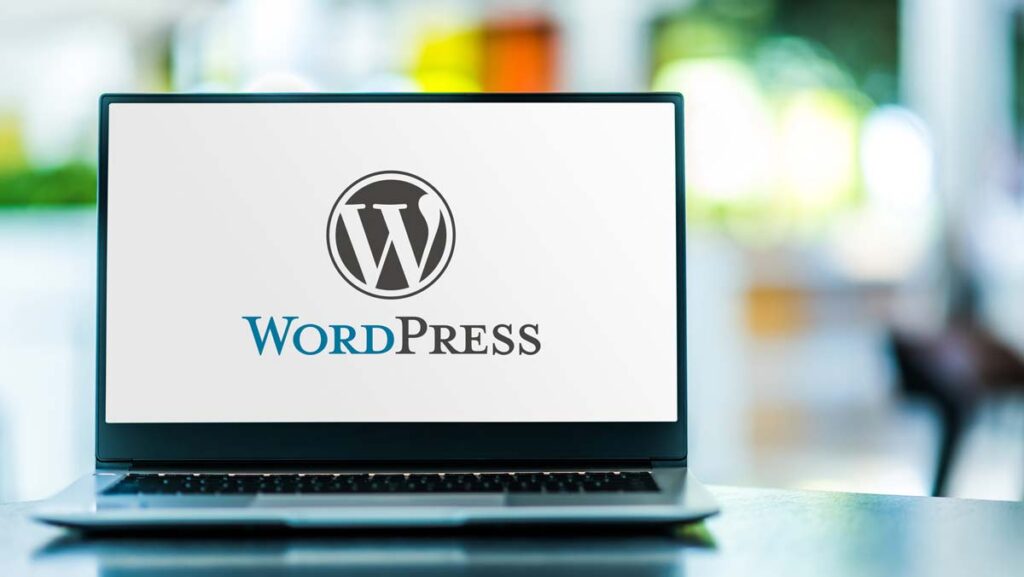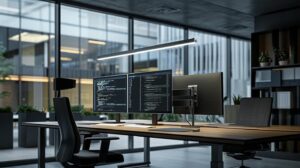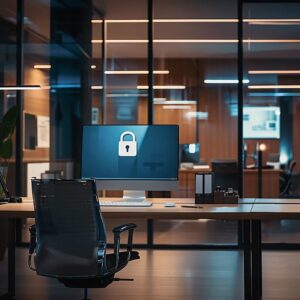If you have a website based on WordPress, you have two parts: the front end and the WordPress admin dashboard.
The front end of WordPress is the bit that your website visitors see, your web pages. Everything else, such as webpage updates, posting a new blog post, adding new products or updating plugins, is done in the WordPress back end, the WordPress admin dashboard screen.
Logging into the WordPress Admin Dashboard
To view the admin dashboard, you’ll need a username and password and the login web address (or login URL) to access the login screen. The web address to log in may differ depending on who has set up your website or your website hosting service; the WordPress default is www.yoursite.com/wp-admin.
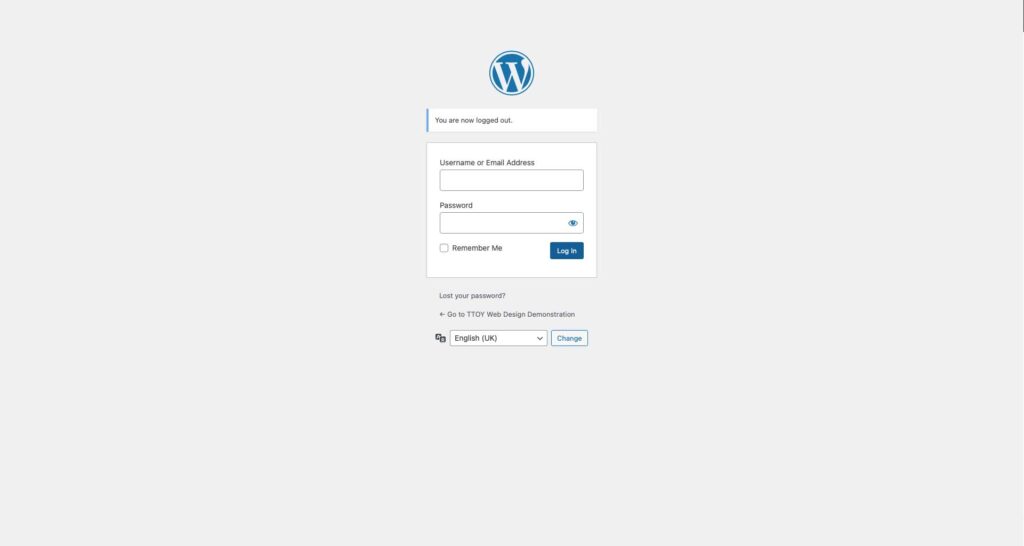
Exploring the WordPress Admin Dashboard
The WordPress admin dashboard is separated into three areas the admin bar, sidebar menu and the WordPress dashboard. The main area includes dashboard widgets that give you a snapshot view of your WordPress website. These are drag and drop, so you can order the widgets how you’d like.
It’s important to remember that changing any settings in the admin dashboard could break your website. It’s always best to have a backup before changing any settings.
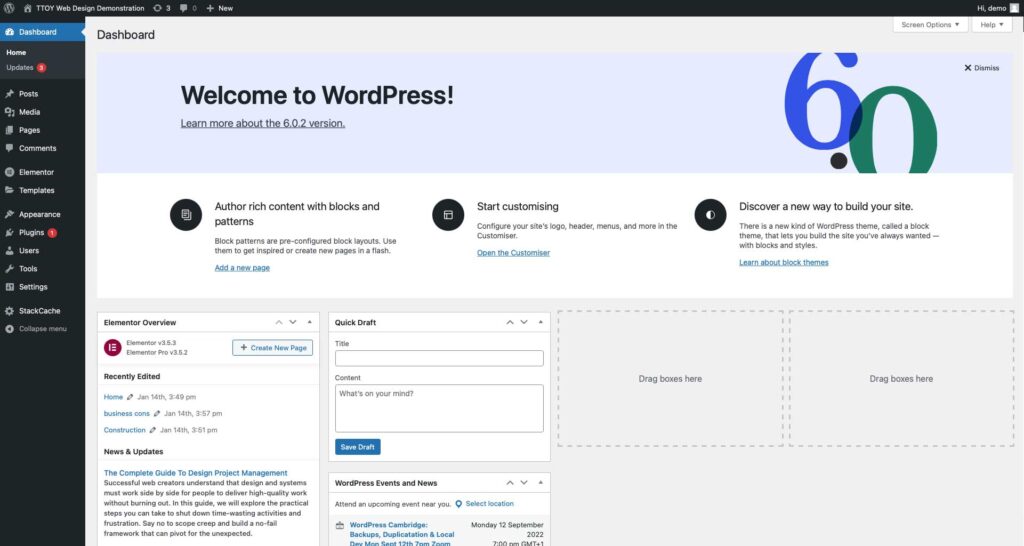
The admin bar
The admin bar is the horizontal black bar at the top of your screen. The admin bar contains quick links to various areas of the WordPress backend, such as adding a new blog post, creating a new page, viewing comments, updates and a link to visit your site.

The sidebar menu
The sidebar menu is the vertical black menu on the left side of your screen. The sidebar menu contains links to all the main areas of the WordPress backend, such as posts, pages, products if you have a shop, media, comments, installation of WordPress plugins, plugin settings and appearance.
It also contains the link for the main settings for your WordPress installation, such as date settings and permalinks. You can learn more about the parts that make up every WordPress website by reading our What is WordPress article.

Updates
A WordPress website will usually ‘bolt-ons’ called plugins. These are extra bits of software that add functionality to your site and a frequently updated.
The updates section is where you can view and update plugins. You should always ensure that plugins are kept up to date. You should always take a backup of your site before updating anything, so if something goes wrong, you’ve got a safe place to go back to.
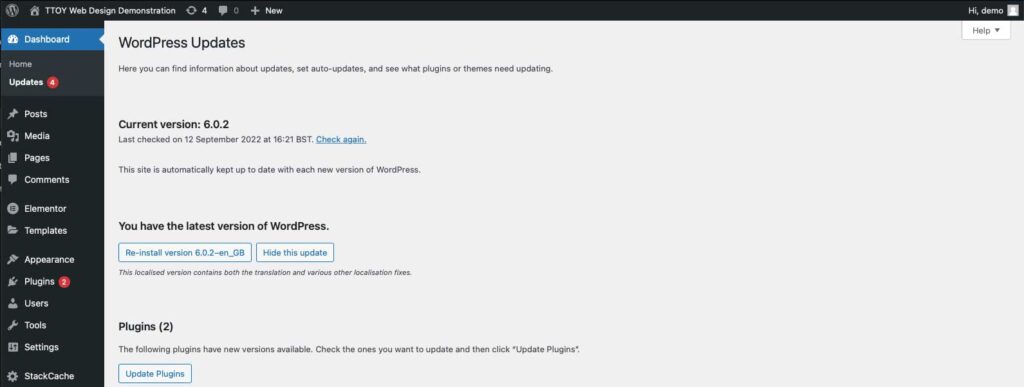
Posts
The posts area is where you can add blog posts to your WordPress site. A blog post is an excellent way to engage your website visitors and has other benefits that help get your business found online.
I wrote an entire article on why any business needs to have a blog that explains why posts are essential; if you’re starting your website, it’s worth a read.
When you start writing a post using the WordPress editor, WordPress will create the post as a draft post. Once you have written your post, you’ll need to publish your draft post before it appears on your website. I’ve written a knowledge base article that explains how to add WordPress Posts in more detail
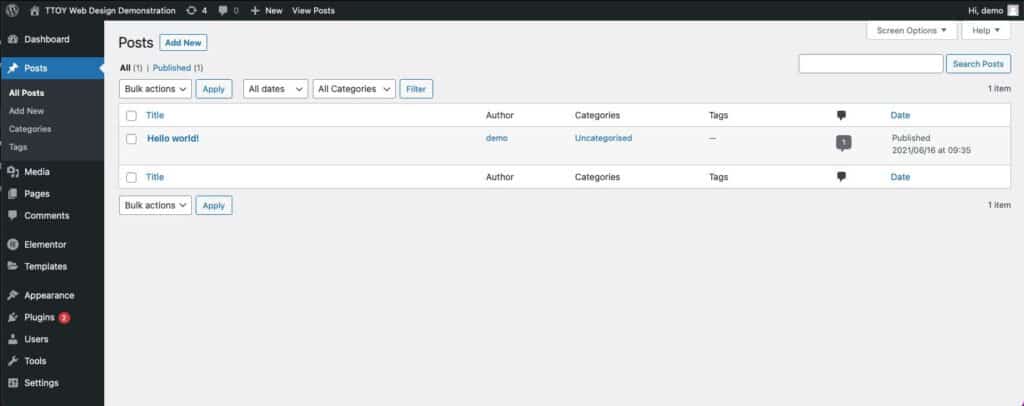
Media Library
The media library is where all your pictures and other media are stored. You can upload them by browsing your computer or using the drag-and-drop functionality to upload in bulk.
Once pictures are in your library, you can add them to your web pages, galleries and blog posts.
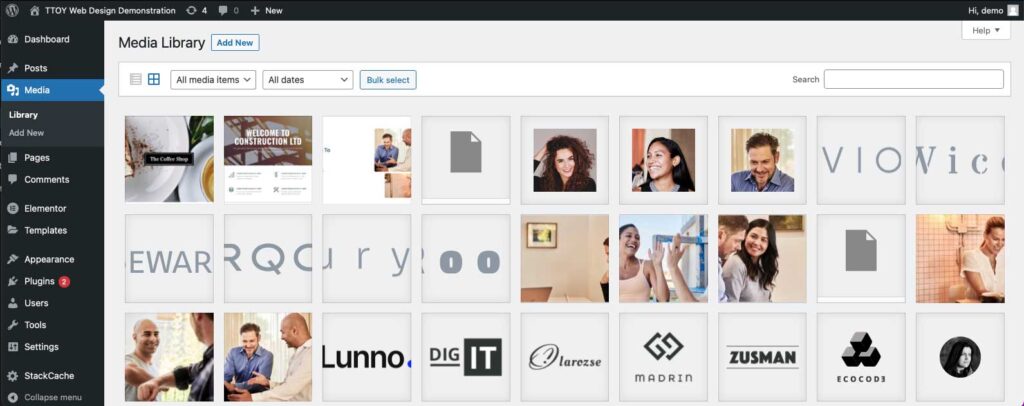
Pages
The pages section is where you create new web pages. Once you’ve written your page, you can add it to your navigation menu so that visitors to your website can find it
It’s important to remember that a WordPress page differs from a WordPress post. A WordPress post is an article or blog post that appears in chronological order on your blog page. A WordPress page is usually static and doesn’t change much over time; an about us page or contact page would be examples of pages.
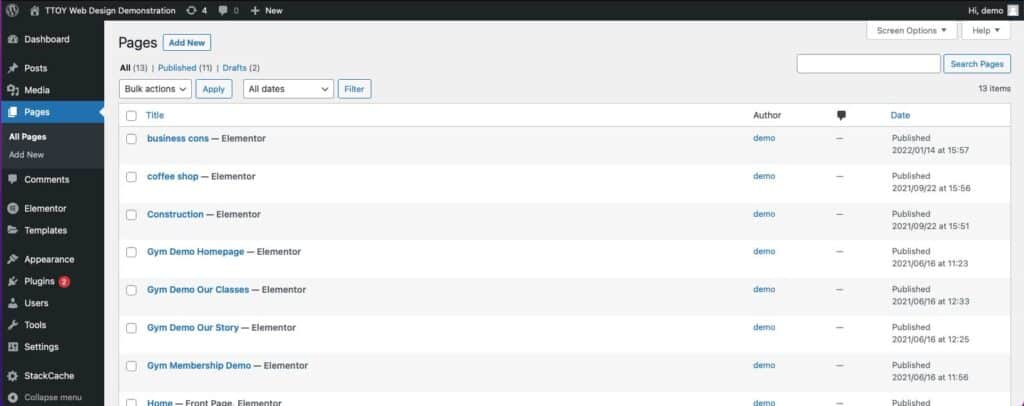
Comments
If you use a blog as part of your website, you can let people comment on your articles. Comments are an excellent way to interact with your site users but can leave your website open to spam.
You can set your website to hold comments until approved or turn them off entirely in the WordPress settings.
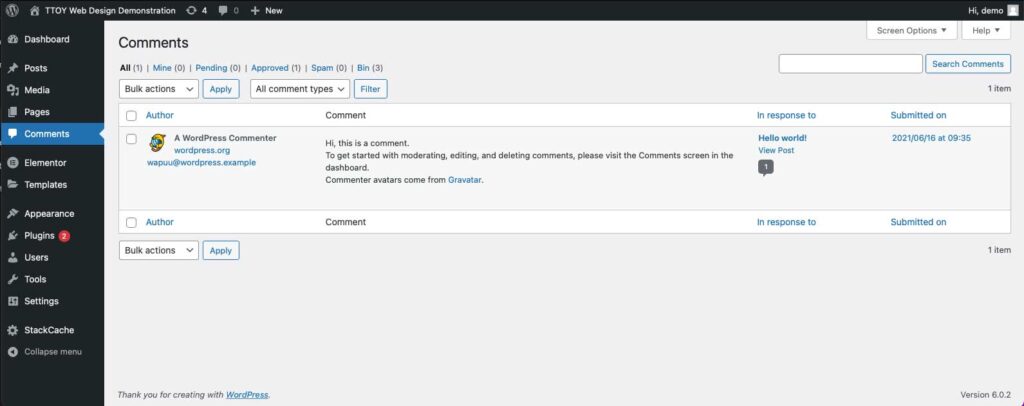
Appearance
The appearance section is where you change the look and feel of your website by changing themes and installing new ones, adding widgets, customising the header, footer and background of your site and adding menus.
You can also access the theme editor from this area, which allows you to make code changes to your WordPress site theme. We don’t recommend doing this if you’re not a developer, as you can easily break your website.
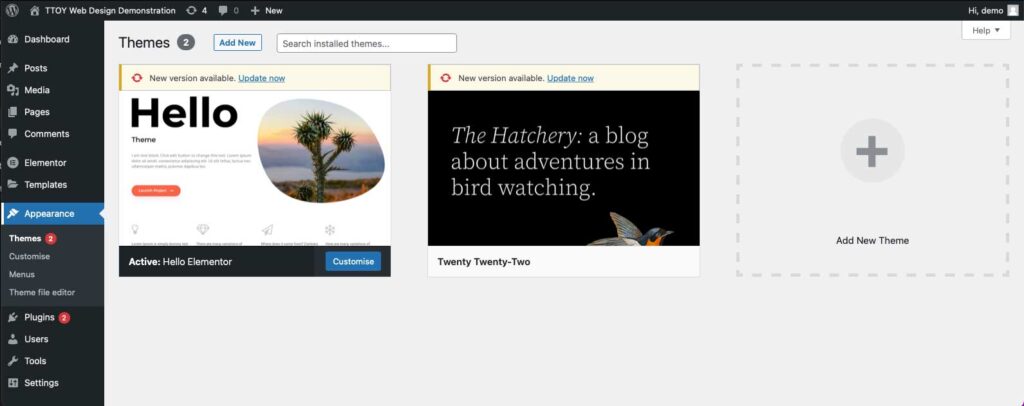
Plugins
WordPress plugins are pieces of software that add functionality to your site. For example, some plugins add contact forms, social media sharing buttons, image galleries and much more.
You can browse and install plugins from the plugin section in your WordPress backend. Don’t forget to activate them once they’re installed!
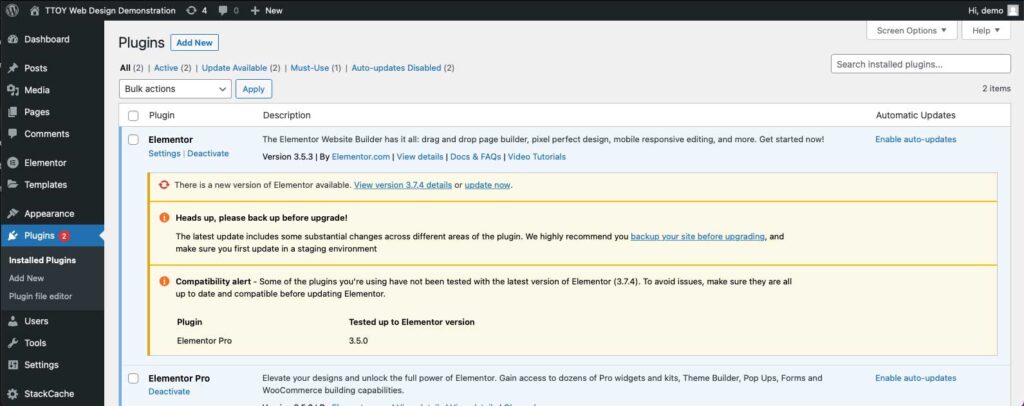
Users
The user’s area is where you manage the people who have access to your WordPress backend. You can add new users, delete users and edit existing user information like passwords and email addresses.
If you have a lot of users, you can also add them in bulk by using the ‘Add New’ button and uploading a CSV file.
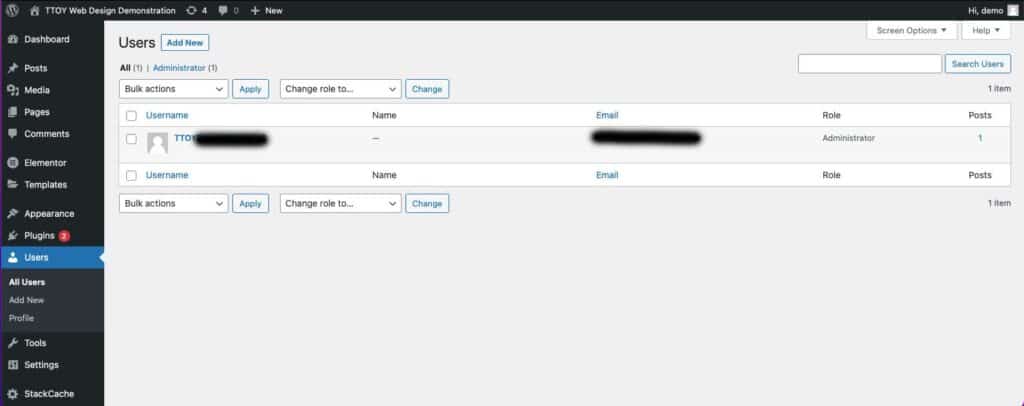
Tools
The tools section gives you access to import and export your WordPress content, as well as an RSS feed of your latest posts.
You can also find a link to the health check tool in this area. This valuable resource allows you to see how your site is performing and identify any areas that need improvement.
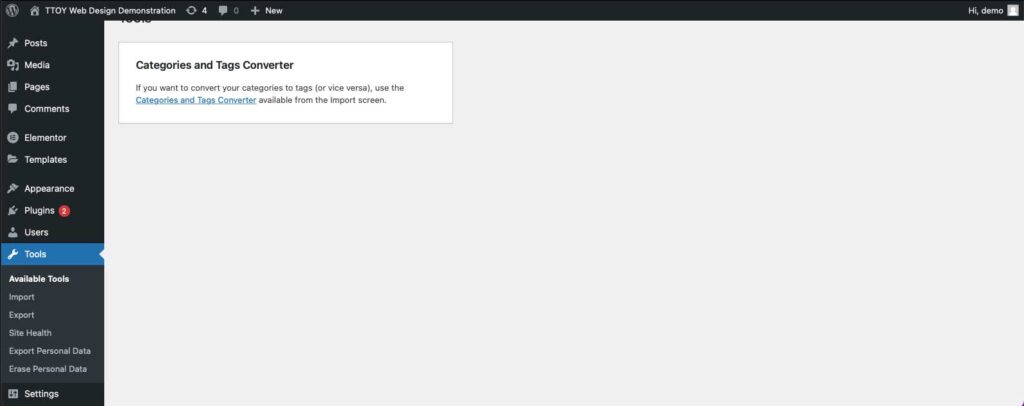
General Settings
The settings area is where you manage the technical aspects of your WordPress website. You can change things like your site’s title, tagline, time zone, date format and more.
This is also where you set up permalinks (the URLs of your pages and posts), enable or disable comments, set the language of your site and change your site’s favicon (the small icon that appears in your browser’s tab).
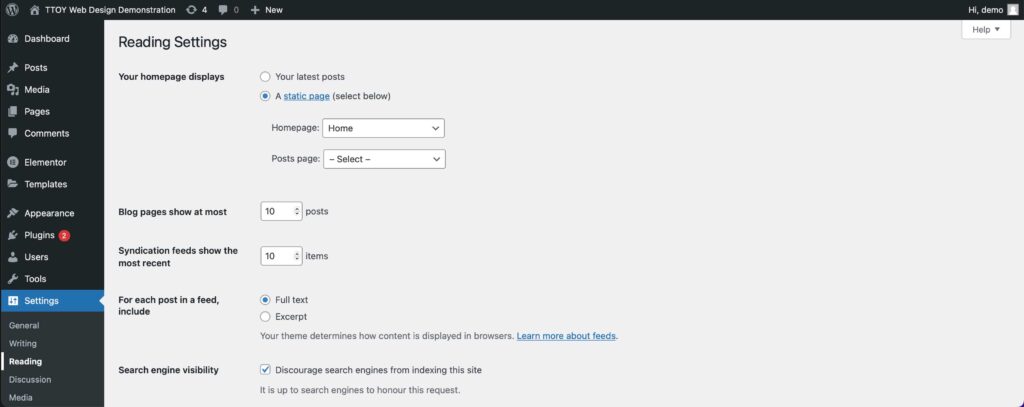
Conclusion
The WordPress admin dashboard is where you, as the website owner, will perform all of your administration tasks. It’s the control panel that lets you control how your website works.
WordPress splits out all the critical areas of the admin section using navigation menus located on the left-hand side of the screen. From here, you have access to change all of your WordPress site’s settings and add new pages and posts in just a few clicks.
To lock into the WordPress Admin area, you’ll need a username and password and visit the WordPress admin login url to log in to the dashboard.
